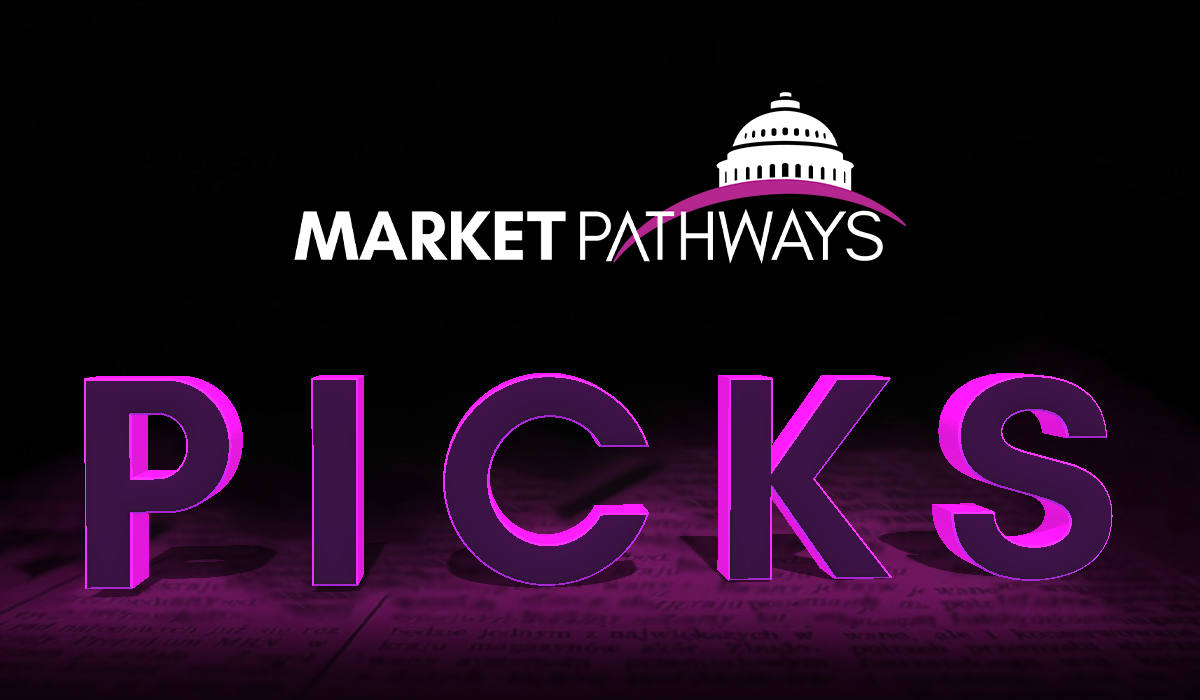ARTICLE SUMMARY:
In this week’s roundup: FDA officially unveils its new TPLC Advisory Program pilot, with an initial focus on cardiovascular devices; CMS outlines accelerated coverage principles; the EU notified body association publishes an array of new consensus documents; MedTech Europe appoints a new chief; another tough review from an EU expert panel; China QMS guide; Brazil expands pricing database; and more global medtech policy insights.
Top Picks
TAP time in the US, EU notified body notes, CMS TCET vision:
FDA TAPs cardio devices. FDA’s device center says it will start accepting requests for cardiovascular devices to participate in its new TPLC Advisory Program (TAP) pilot on January 1. Here are a few key points of context on TAP, and takeaways from CDRH’s October 11 notice officially unveiling the early-engagement program and announcing that Office of Health Technology 2 (OHT 2: Cardiovascular Devices) will serve as the first venue:
- Under TAP, FDA will offer selected pre-pivotal trial devices a designated “TAP advisor” to facilitate early engagement with the review team and, if the company wants, payor, patient, and clinician stakeholders to discuss different product development alternatives and associated regulatory, reimbursement, and market risks.
- The agency will also commit to special response timelines for TAP devices, for instance, to engage in teleconferences and answer biocompatibility/sterility questions
- The “soft launch” of the pilot in FY 2023 will be limited to 15 devices with Breakthrough Device designations in one office (OHT 2); it is slated to incrementally expand over five years to more devices and offices (and, by FY 2026-27, to devices in the Safer Technologies Program, STeP).
- Starting in January, companies with a Breakthrough designation for an OHT 2 device can request TAP participation in an amendment to an existing Breakthrough Device submission.
- Products will be selected on a first-come, first-served basis until the cap is reached: the devices must be sufficiently early in their development process and no company can have more than one device enrolled per fiscal year.
- CDRH says it chose OHT 2 as the first TAP office because it has the resources and the deepest experience with the Breakthrough program and other programs that have called for “rapid interactions,” such as the Early Feasibility Studies program.
- The notice seeks input from industry on which patient, provider, and payor groups to include in the program; what topics are those groups best suited to address; and what additional review offices should be included in the program over the next several years.
- Funding for the TAP pilot was tightly limited in the recently implemented MDUFA V agreement based on skepticism from industry during user fee negotiations that it would be worth the cost.

